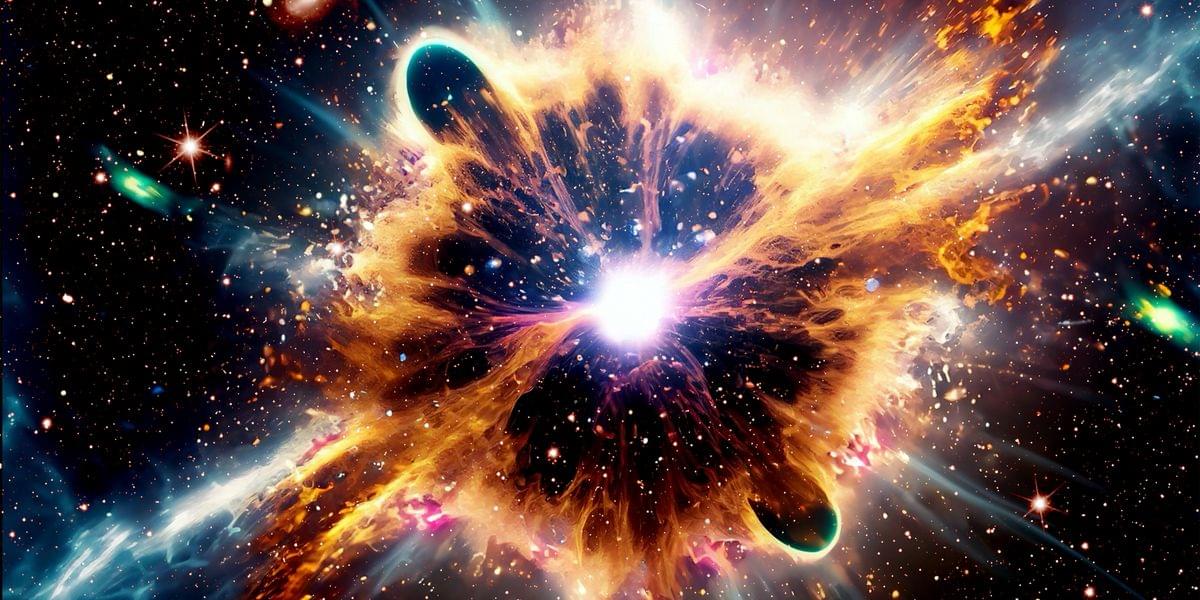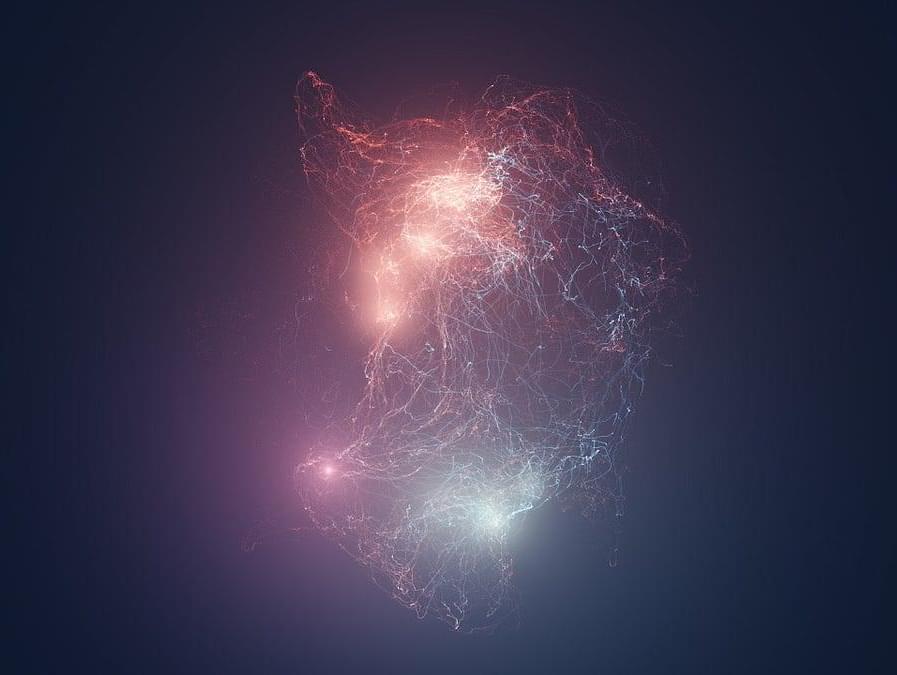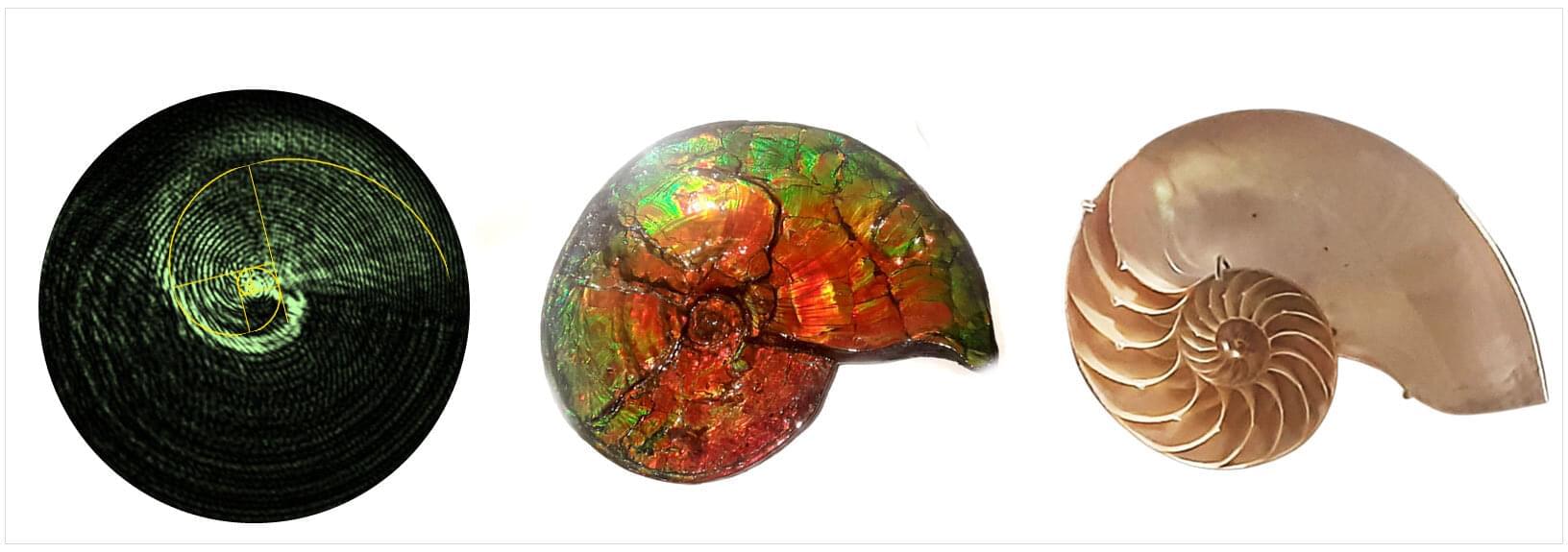Main episode with Emily Adlam: https://youtu.be/6I2OhmVWLMsAs a listener of TOE you can get a special 20% off discount to The Economist and all it has to off…
Category: physics – Page 45


Water-based battery offers 2,000-cycle stability
A team of chemical and biomolecular engineers, physicists and battery specialists affiliated with several institutions in the U.S. has developed a water-based battery that offers 2,000-cycle stability. In their paper published in the journal Nature Nanotechnology, the group outlines why they believe it could help bridge the gap between aqueous batteries and non-aqueous lithium-ion batteries.
The main advantage of using aqueous batteries is their safety compared to nonaqueous, lithium-ion batteries. They cannot ignite unexpectedly, minimizing fire hazard. The reason that they are not common is their reduction potential limit of aqueous electrolytes, which has restricted their energy density. Also, the current types of electrolytes they use tend to have problems with water shuttling the interface and high impedance.
In this new study, the research team has taken a step toward resolving these problems by improving ion transport and the stability of biphasic electrolytes via lithium ionophores.
NVIDIA’s New AI Makes Cars Fly…Sort Of!
Two Minute Papers
BIGGEST Megastructure in Fiction: Xeelee Ring & Species (Explained)
Here in this video today we will explore something that has been demanded by viewers of the channel for quite sometime, the Xeelee rings, one of the largest megastructures in fiction. We first have to take a look at the universe we are discussing about. So, The Xeelee Sequence is a series of science fiction novels and short stories by British author Stephen Baxter, exploring the grand scale of the universe from the Big Bang to its ultimate end. The series follows humanity’s evolution over billions of years, its conflicts with alien species, and the mysterious, hyper-advanced Xeelee, who are engaged in a cosmic war against the enigmatic dark matter entities known as the Photino Birds. The books blend hard science fiction with cosmic wonder, delving into themes of time travel, black hole physics, alternate universes, and the limits of human potential. Major works in the series include \.
The physics of entropy and the origin of life | Sean Carroll
How did complex systems emerge from chaos? Physicist Sean Carroll explains.
Up next, The Universe in 90 minutes: Time, free will, God, & more ► https://youtu.be/tM4sLmt1Ui8
How did life on Earth originate? Scientists still aren’t sure, and this remains one of the world’s most fascinating and mind-boggling mysteries.
One way of approaching the question is to think generally about how complex systems emerge from chaos. Since the 1800s, scientists have known that entropy is always increasing, with everything in our Universe trending toward disorder over time.
A more nuanced understanding of entropy is helping today’s scientists make progress on the question of the origin of life, as Sean Carroll explains in this Big Think video.
Read the video transcript ► https://bigthink.com/series/great-question/entropy-origin-of-life/
The Entire Universe Seems to Spin, New Data Reveal
Learn more about the science videos you’ve been watching with Brilliant! First 30 days are free and 20% off the annual premium subscription when you use our link ➜ https://brilliant.org/sabine.
Correction: When I say that there are 2/3 of galaxies that spin one direction and 1/3 the other, that should have been 3/5 one way and 2/5 the other. Or, to put it into percentages, it’s 60% vs 40% (not 67% vs 33%). Sorry about that uneasy
A new study has found that the universe might be spinning. What does that even mean? Let’s have a look.
Paper: https://academic.oup.com/mnras/articl… video comes with a quiz which you can take here: https://quizwithit.com/start_thequiz/.… 🤓 Check out my new quiz app ➜ http://quizwithit.com/ 💌 Support me on Donorbox ➜ https://donorbox.org/swtg 📝 Transcripts and written news on Substack ➜ https://sciencewtg.substack.com/ 👉 Transcript with links to references on Patreon ➜ / sabine 📩 Free weekly science newsletter ➜ https://sabinehossenfelder.com/newsle… 👂 Audio only podcast ➜ https://open.spotify.com/show/0MkNfXl… 🔗 Join this channel to get access to perks ➜
/ @sabinehossenfelder 🖼️ On instagram ➜
/ sciencewtg #science #sciencenews #physics #astronomy.
This video comes with a quiz which you can take here: https://quizwithit.com/start_thequiz/.…
🤓 Check out my new quiz app ➜ http://quizwithit.com/

Breakthrough gravity discovery challenges the existence of dark matter
That’s the question raised by physicist Dr. Richard Lieu at The University of Alabama in Huntsville. In a paper published in the Monthly Notices of the Royal Astronomical Society, Lieu offers a theory that could challenge one of the biggest assumptions in astrophysics. His idea: gravity can exist without any mass at all.
The study explores a different solution to the same equations that normally describe gravity—both in Newtonian theory and in general relativity. These equations link mass with the gravitational force it creates. Lieu focused on what’s known as the Poisson equation, a simplified form of Einstein’s field equations used for describing gravity in weaker fields, like those around galaxies.
This equation typically has one well-known solution: gravity that weakens with distance, created by mass. But there’s another, lesser-known solution that’s often ignored. It can also create an attractive force but doesn’t come from any actual matter.


Light that spirals like a nautilus shell
Beams of light that can be guided into corkscrew-like shapes called optical vortices are used today in a range of applications. Pushing the limits of structured light, Harvard applied physicists in the John A. Paulson School of Engineering and Applied Sciences (SEAS) report a new type of optical vortex beam that not only twists as it travels but also changes in different parts at different rates to create unique patterns. The way the light behaves resembles spiral shapes common in nature.
The researchers borrowed from classical mechanics to nickname their never-before-demonstrated light vortex an “optical rotatum,” to describe how the torque on the light’s corkscrew shape gradually changes. In Newtonian physics, “rotatum” is the rate of change in torque on an object over time.
The optical rotatum was created in the lab of Federico Capasso, the Robert L. Wallace Professor of Applied Physics and the Vinton Hayes Senior Research Fellow in Electrical Engineering at SEAS. “This is a new behavior of light consisting of an optical vortex that propagates through space and changes in unusual ways,” Capasso said. “It is potentially useful for manipulating small matter.” The research is published in Science Advances.